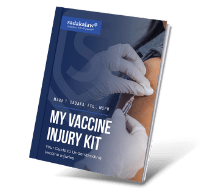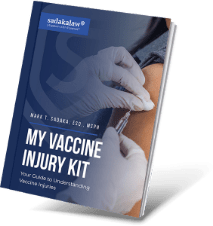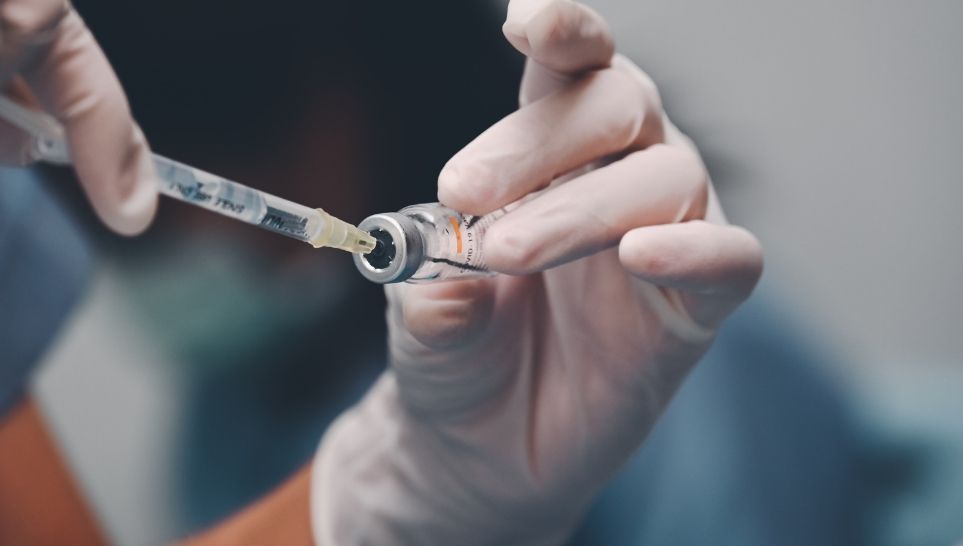
The Vaccine Injury Compensation Program (VICP) was designed as a type of balancing act to provide protection to patients injured by vaccines while not discouraging vaccine manufacturers from supplying the market with necessary vaccines. This program, which is funded by a tax added on to certain vaccines, has paid hundreds of millions of dollars in compensation to those who have suffered damage from vaccines. However, not all vaccines are covered by the program. It sometimes seems arbitrary that patients can receive compensation for some shots while not receiving it for others.
In order to understand what seems to lack a rational basis, one must know a little bit about how the VICP operates and how a vaccine becomes included in the program. In order to be covered by the VICP, a vaccine must be included on the Vaccine Injury Table. This table is updated regularly to add new vaccines based on the results of research and other adverse event reports. If a vaccine is not on the Table, the legal recourse becomes a suit against the manufacturer. The VICP operates from the standpoint that the public is best served when companies are willing to invest time and money into researching new vaccines.
One important thing to note is that the VICP covers not only injuries, but it also means that patients can be compensated when a vaccine is administered incorrectly. When this is the case, it does not matter whether the vaccine itself has side effects. For example, the vaccine that most often results in compensation for patients is the flu vaccine. Thousands of patients complain of reduced function in mobility in their shoulders and arms. This has little to do with the composition of the vaccine. Instead, the most likely cause of this is human error in how the vaccine is injected.
Another critically important factor is that the vaccine must be one that is routinely administered to children and pregnant women. Vaccines can be included on the list if the version that adults receive is the same as what is administered to children. This is why flu vaccinations are included on the list while others are not. The flu vaccination is usually the same no matter the age of the recipient.
Even if vaccines are eligible for the Table, something more must happen. Primarily, the vaccine manufacturer may pay the tax on each vaccination to the Fund. If not, the vaccine cannot be on the Table. This is the reason why Zostavax, a vaccination for shingles, is not covered by the VICP. Additionally, Zostavax is a vaccination for adults, as opposed to one that is given to children.
The vaccine’s manufacturer, Merck, made the decision to not pay the tax on each vaccination. This decision to not register the vaccine with the VICP now causes Merck to face legal liability. In other words, whether the VICP will pay compensation for a vaccine injury is completely beyond the control of the patient. One could have the same exact injury as they would for a covered vaccine and they still cannot receive compensation from the fund. They likely will not know until after they have started to experience side effects whether or not the vaccine is covered by the fund. The good news is that most vaccines do fall under the Fund, and those that are not, may be eligible for inclusion when the government periodically reevaluates.
Still, even if a vaccine is not included on the Table, anyone who has been injured still has legal rights through the court system. The VICP is only an exclusive remedy for vaccines on the list, which is meant to provide a streamlined process in a specialized system to both encourage companies to make vaccines and people to take them. If a vaccine is not covered, all an injured party has to do is file a regular lawsuit, which will still be heard. Thus, while the media tends to focus on the fact that a vaccine is excluded from the VICP, it only means that patients must pursue financial compensation in a different forum. For example, there is a large multi-district litigation against Merck for alleged injuries tied to Zostavax. Even if one files a Zostavax claim with the VICP and has it dismissed, the claim can simply be re-filed in federal district court.
Alternatively, if one has been injured by the way that the vaccine shot was given, they can file a claim against the pharmacy or the medical practice where they received the injection. There is much that is misunderstood about the VICP since the system has operated with little media coverage since it was established in the 1980s. Now that there is heightened media scrutiny of vaccinations, people are beginning to pay attention to the VICP. Now, the general public is becoming familiar will the unique rules of the VICP. If you or a loved one has been injured by a vaccine, contact an attorney at The Law Offices of Sadaka Associates for a free consultation.





